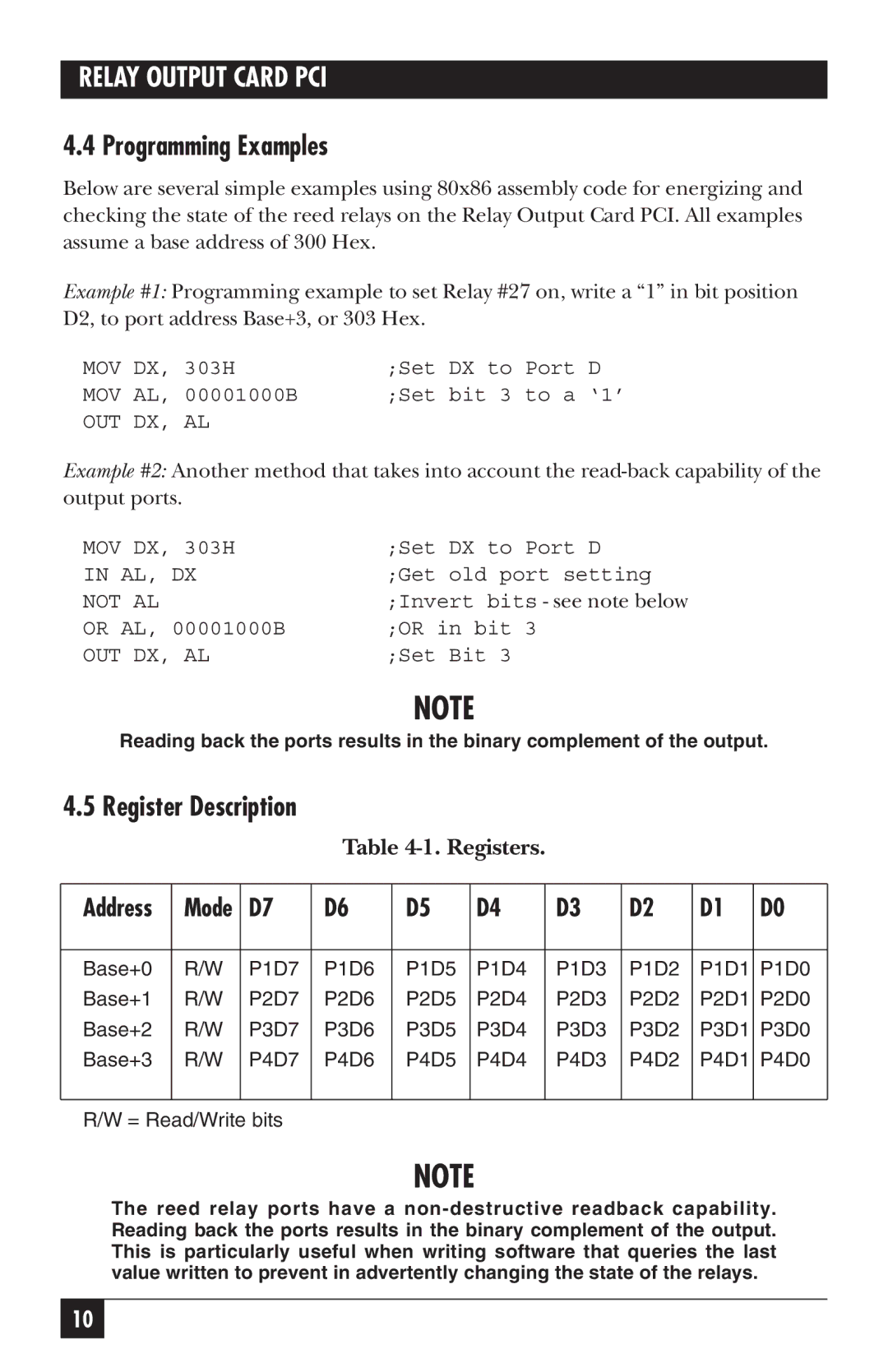IC907C specifications
The Black Box IC908C and IC907C are cutting-edge communication devices designed for high-performance networking solutions. These two models have become increasingly popular due to their advanced features and capabilities, making them suitable for a wide array of applications, from small business networks to large enterprise environments.One prominent feature of both the IC908C and IC907C is their ability to support high-speed data transmission. They utilize Ethernet technology, ensuring seamless connectivity and optimal performance across various devices. This technology enables users to enjoy fast and reliable data transfers, which is crucial for maintaining productivity in today’s fast-paced business environment.
The IC908C model is designed to accommodate a broader range of applications, making it an ideal choice for organizations with diverse networking needs. It supports IEEE 802.3 standards, enabling compatibility with a wide array of networking hardware. Additionally, the IC908C supports various cabling standards, including twisted pair and fiber optics, ensuring versatility in installation and configuration.
On the other hand, the IC907C is optimized for higher-density applications, making it perfect for data centers and large networks. It features advanced load balancing and traffic management capabilities, ensuring efficient data flow and reducing latency issues. This model is engineered with robust security features, including VLAN tagging and port security, to protect sensitive information from potential threats.
Both models are equipped with user-friendly interfaces, making them accessible for IT professionals of all levels. The intuitive management applications allow for straightforward configuration and monitoring, enabling administrators to easily manage network settings and performance metrics.
The energy-efficient design of the IC908C and IC907C is another noteworthy characteristic. Incorporating innovative power-saving technologies, these devices minimize energy consumption without sacrificing performance. This feature is particularly beneficial for organizations seeking to reduce their environmental impact and lower operating costs.
In conclusion, the Black Box IC908C and IC907C represent significant advancements in networking technology. With their high-speed capabilities, robust security features, and energy-efficient designs, these devices cater to a variety of networking requirements. Whether it's supporting small teams or managing large enterprise networks, these models offer flexibility and reliability, ensuring seamless connectivity and communication for all users.

